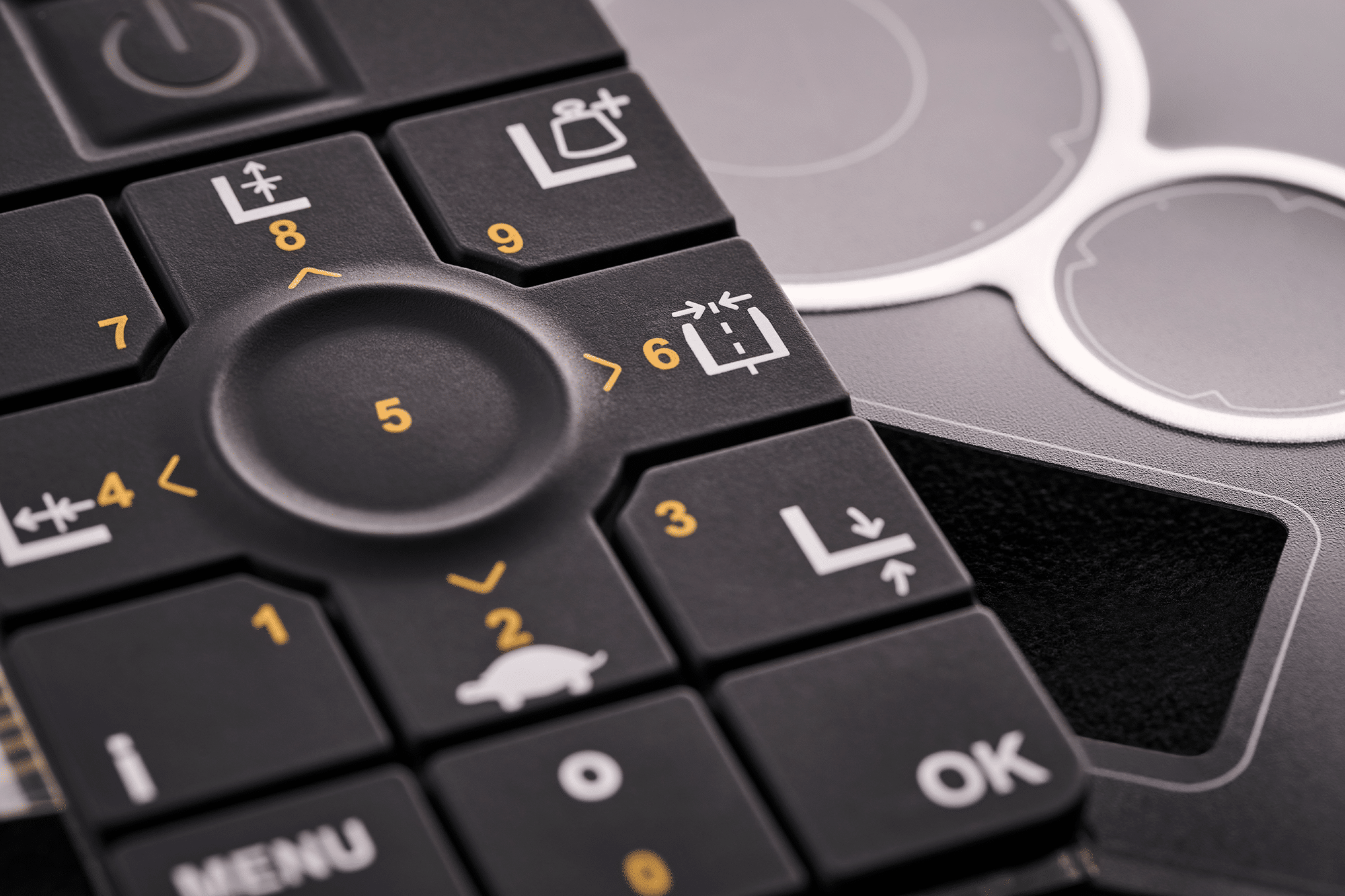Silicon Rubber Membrane Switches: An Overview
Silicon rubber membrane switches are a popular type of switch used in many electronic devices. From keyboard buttons to touchscreens, these unassuming switches play a critical role behind the scenes. In this blog post, we will explore what exactly silicon rubber membrane switches are, how they work, and some of their common applications.

So to start, what exactly is a silicon rubber membrane switch?
At its most basic level, a silicon rubber membrane switch is a simple on/off switch constructed out of three main layers: a soft silicone rubber membrane, conductive pads printed on the membrane, and a stiff PCB (printed circuit board) printed with a matching conductive trace pattern. The switch works by using the deformation of the soft silicone rubber membrane to create a connection between the conductors on the membrane and PCB when pressed.
The silicone rubber used is very soft and flexible
It allows the membrane to deform easily under slight pressure from a finger press or touch. Printed on one side of the membrane are thin conductive pads, usually made of carbon or silver-loaded ink. These pads serve as the contact points. On the other side of the membrane is a printed circuit board with a matching pattern of very narrow conductive traces. These traces act as the switches' on/off contacts.
When the soft silicone rubber membrane is pressed down directly above one of the conductive pads, it deforms inward and makes contact between the pad and its corresponding trace on the PCB. This completes the circuit and triggers the on or off signal. Releasing pressure removes the connection. The result is a simple on/off switching mechanism that takes up very little space.
Silicon rubber membrane switches have several advantages
It has made them popular for many applications. Their thin, layered construction allows them to be very low profile while still providing tactile feedback. They are also highly flexible, durable, and resistant to water and dust – making them well-suited for devices used in various environments. With no moving parts to wear down, the switches are also known for their long operational lifetimes in the millions of activations.
Applications of silicon rubber membrane switches
One of the most common applications of silicon rubber membrane switches is in modern electronics device keyboards and buttons. Their low profile build is well-suited to fit into tight device designs without adding bulk. The tactile feedback of pressing the soft rubber also provides users with a satisfying response. Countless devices from phones and tablets to remote controls use membrane switches for their keypads.
Touchscreens also incorporate membrane switch technology. Behind the touch-responsive glass is a layer of flexible silicon rubber printed with conductive touch zones. A finger press deforms the rubber to activate the underlying on-screen function. The rubber component allows modern touchscreens to register input over large contiguous surfaces.
Membrane switches even find applications beyond user interfaces. They are commonly employed as basic on-off switches in appliances, medical devices, white goods and more. Their low cost and reliable switching make them well-suited for mass manufacturing applications. Specific uses include oven and washing machine controls along with switches in blood pressure cuffs and other medical testing equipment.
Of course, silicon rubber membrane switches do have some downsides compared to other switching technologies. Their conductive pads and traces can sometimes wear out more quickly than mechanical switches after very high cycle counts in the millions or billions of presses. Contaminants on hands can also potentially interfere with conductivity over time for surface membrane switches. However, their overall durability, resilience and stable switching performance has made them a go-to solution for countless electronic product designs.
New developments continue to improve the capabilities of membrane switch technology as well
Novel rubber formulations provide enhanced tactile feel and extended lifetimes. Precise printing techniques enable finer trace patterns and multi-touch zones for advanced touchscreen interfaces. Piezoresistive conductive materials are being developed that change electrical resistance under pressure for more responsive switching.
